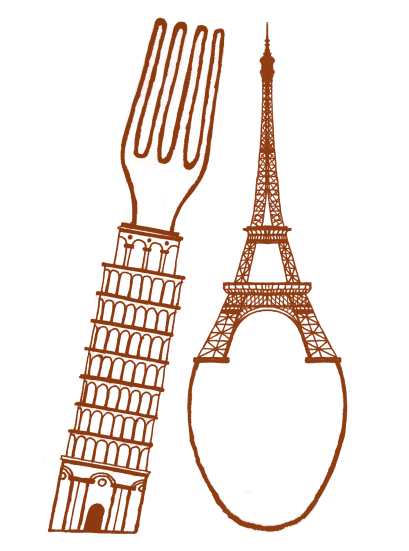Article et genre de noms - Welcome back to another lesson in French. Today we're concentrating on an important topic - article et genre de noms. As we go along in this post, you'll learn more about the different articles in French and also about gender. Let's start with the latter.
In French, all nouns are either masculine or feminine. For concepts and objects, there is nothing that determines the gender, apart from, in some cases the ending of the word. However, there are always some exceptions, which we'll deal with in future lessons.
Before skipping straight to some examples, let's talk about the article as you'll be seeing a few of the examples down below. There is two most common article that is used all the time: the Article Défini (in English - the) and the Article Indéfini (in English - a).
Article Défini uses: Le (masc/sing), La (fém/sing), L' (vowel or H), Les (plur).
Article Indéfini uses: Un (masc/sing), Une (fém/sing), Des (plur)
Is masculine if the word finishes in:
- eur: le moteur, l'ordinateur
- age: le fromage
- ail: le travail, l'ail
- al: le cheval, l'hôpital
- asme: le sarcasme
- isme: le capitalisme, l'alpinisme
- eau: le bateau, le château
- et: le livret
- ier: le financier
- ent: l'adolescent
- ment: le moment, l'appartement
EXCEPTIONS:
Languages, trees, metals, days, seasons, countries and regions ending in -e are all masculine. EXAMPLES: le français, le lundi, l'été, le Canada.
Continents, countries, provinces, and states ending in unaccented "e" are feminine. EXAMPLES: l'Europe, la France, l'Angleterre.
However, there are some exceptions: Mexique, Zaïre, Cambodge, Mozambique, Zimbabwe.
Is feminine if the word finishes in:
- ance: la vacance
- ence: la licence, l'innocence
- ture: la voiture
- son: la maison
- ion: la nutrition
- tion: la natation
- esse: la princesse
- ace: la glace
- ade: la limonade
- ette: la fourchette
- oire: la préhistoire, l'armoire
- ière: la cafetière
- ie: la photographie
- ié: la mariée
- ée: la journée, l'année
- té: la verité, l'anxieté
- anse: la danse
- ense: la défense
This above is a simple explanation and some examples for you to follow. It shows various endings for masculine or feminine nouns. In addition, there's a short explanation of the two most common articles used in French. However, we'll be tackling this topic further in the coming weeks.
Now, gain more knowledge on the subject by practising all you've learnt from the above note. Click on the link below and download the worksheet for some exercises. Enjoy!
